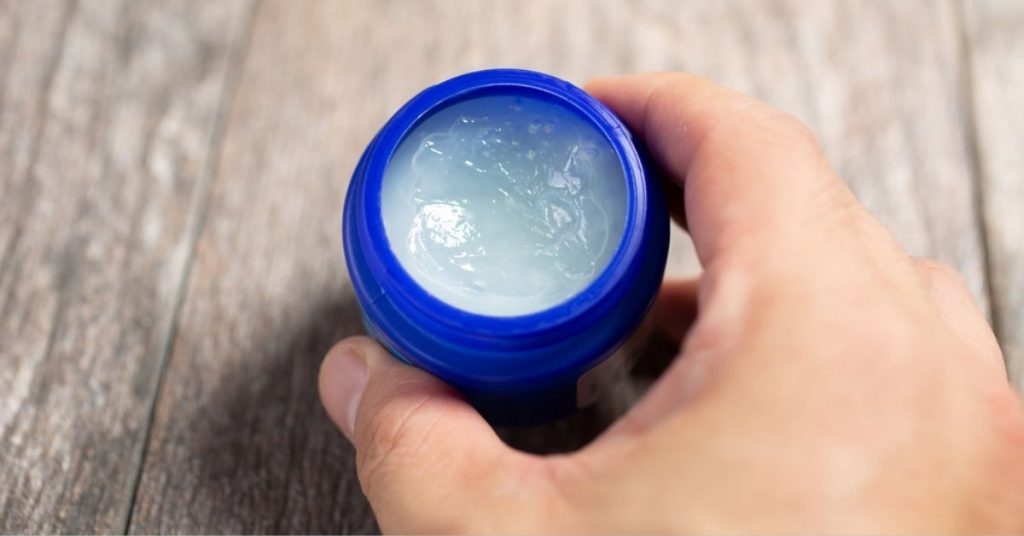
What Is DOMS(Delayed Onset Muscle Soreness) How To Treat It
DOMS, also known as delayed onset myalgia, is muscle pain that occurs after exercise. These pains normally begin a day or two after training, and usually, you may not feel any pain during exercise.
Pain felt during or immediately after exercise is a different type of muscle pain known as acute muscle pain. Acute muscle pain is caused by lactic acid buildup. This creates a burning sensation in your muscles. This burning sensation usually disappears shortly after you finish exercising.
Keep reading to learn more about delayed muscle pain symptoms, causes, treatment methods, and more!

What are the Symptoms of Delayed Onset Muscle Soreness (DOMS)?
The symptoms of DOMS ie delayed onset muscle pain, usually occur within 12-24 hours after exercising. The pain peaks about 1-3 days after training and should ease afterward.
The symptoms to be aware of are as follows:
- Muscles sensitive to touch
- Decreased range of motion due to pain and stiffness
- Swelling in affected muscles
- Muscle fatigue
- Short-term loss of muscle strength

What Causes Muscle Pain After Exercise?
High-intensity exercise; can cause small, microscopic tears in your muscle fibers. Your body responds to this damage by increasing inflammation. This may cause delayed onset of muscle pain.
Almost all high-intensity exercises can cause DOMS, but especially exercises known as eccentric exercises usually trigger this pain more. Eccentric exercises cause you to stretch a muscle while stretching it simultaneously. For example, how your quad muscles stretch when running downhill is an eccentric movement.
Almost everyone can be affected by this ailment, from professional athletes to beginners and those who have not trained for a long time. So remember that regardless of your level, you may experience these pains when you increase your exercise intensity, do eccentric exercises, or try a new type of exercise that your body isn’t used to.

How Do You Treat DOMS?
Taking time and rest is the only cure for DOMS. But while you wait for your muscles to repair themselves, you can take steps to ease the pain and stiffness.
Some treatments and self-care tips we’ve mentioned below can help you reduce this discomfort.

Massage
It may not be possible to get a massage after every workout. However, you can try to massage yourself to prevent pain that may occur in your body. To massage your thigh, hip, neck and shoulder muscles, you can apply some oil or lotion to the area and rub your muscles with gentle movements to loosen them.
Also, foam rollers you can use right after a workout can help prevent delayed muscle soreness.

Topical Analgesics
Topical analgesics are products that help relieve pain. Menthol-based topical analgesics can help relieve muscle pain after a workout. These products can be applied topically to the painful area. Always follow the package directions for how much and how often to apply.

Cold Bath
In a study conducted in 2016, it was observed that a cold water bath (10-15 ° C) for 10-15 minutes reduced the degree of DOMS. (one)

How to Prevent DOMS?
While avoiding DOMS is impossible, you can take steps to reduce its density.
One of the best ways to prevent DOMS is to start any exercise program slowly and gradually. Allowing your muscles to adapt to new movements will help minimize pain.
It is unknown exactly how effective warming is in preventing DOMS, but exercising with warmed muscles will reduce your chances of injury and increase your performance.











